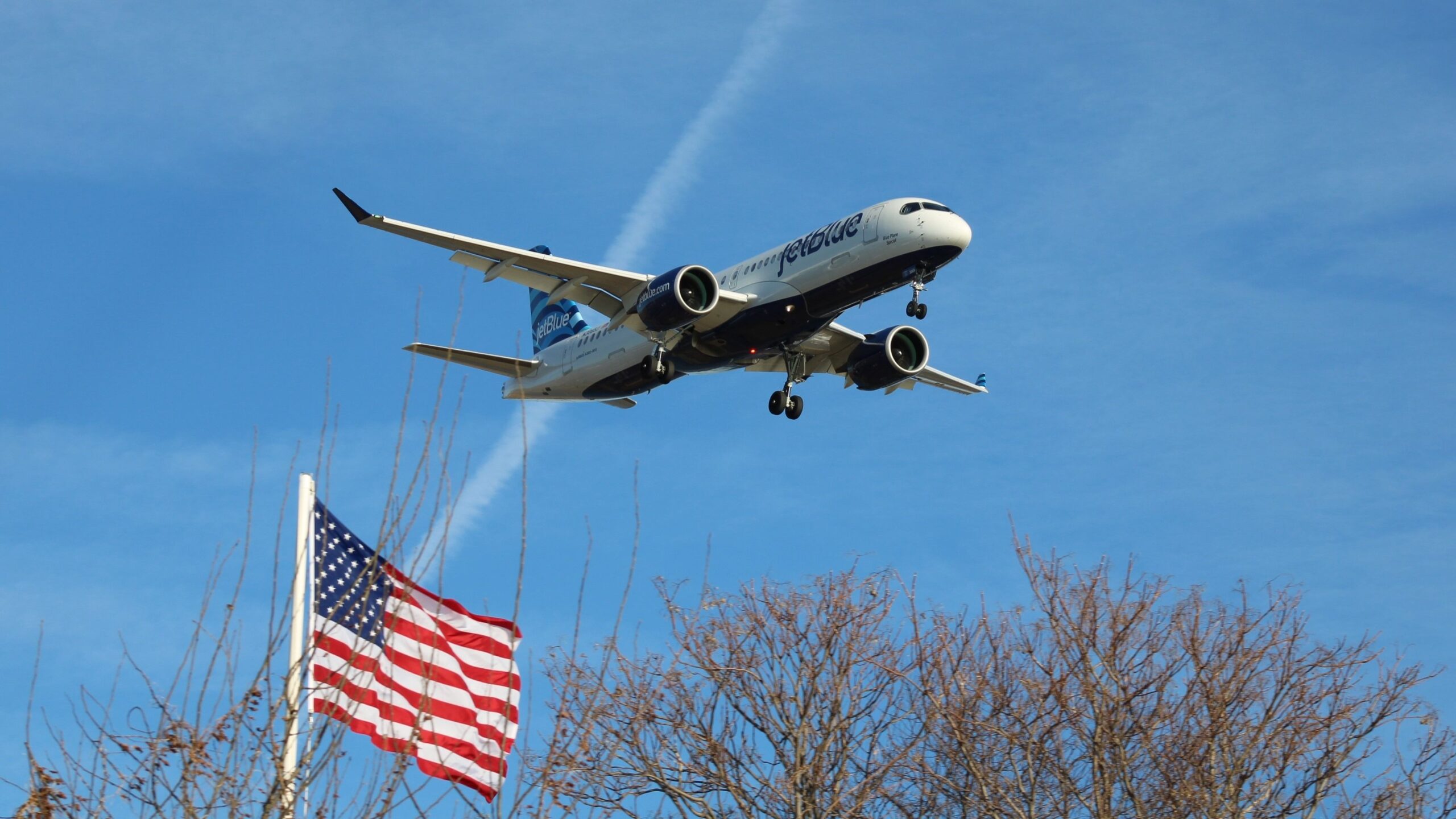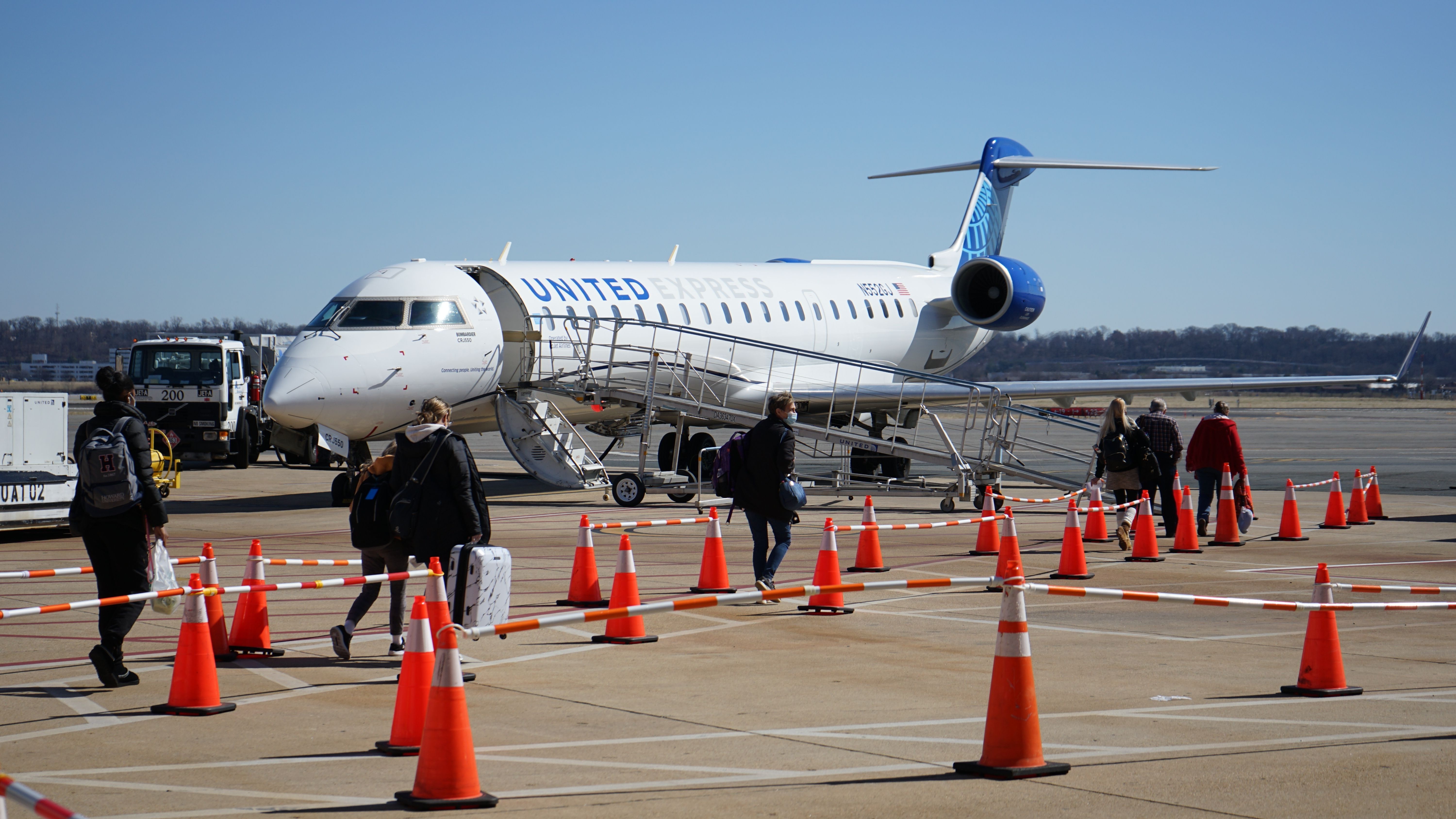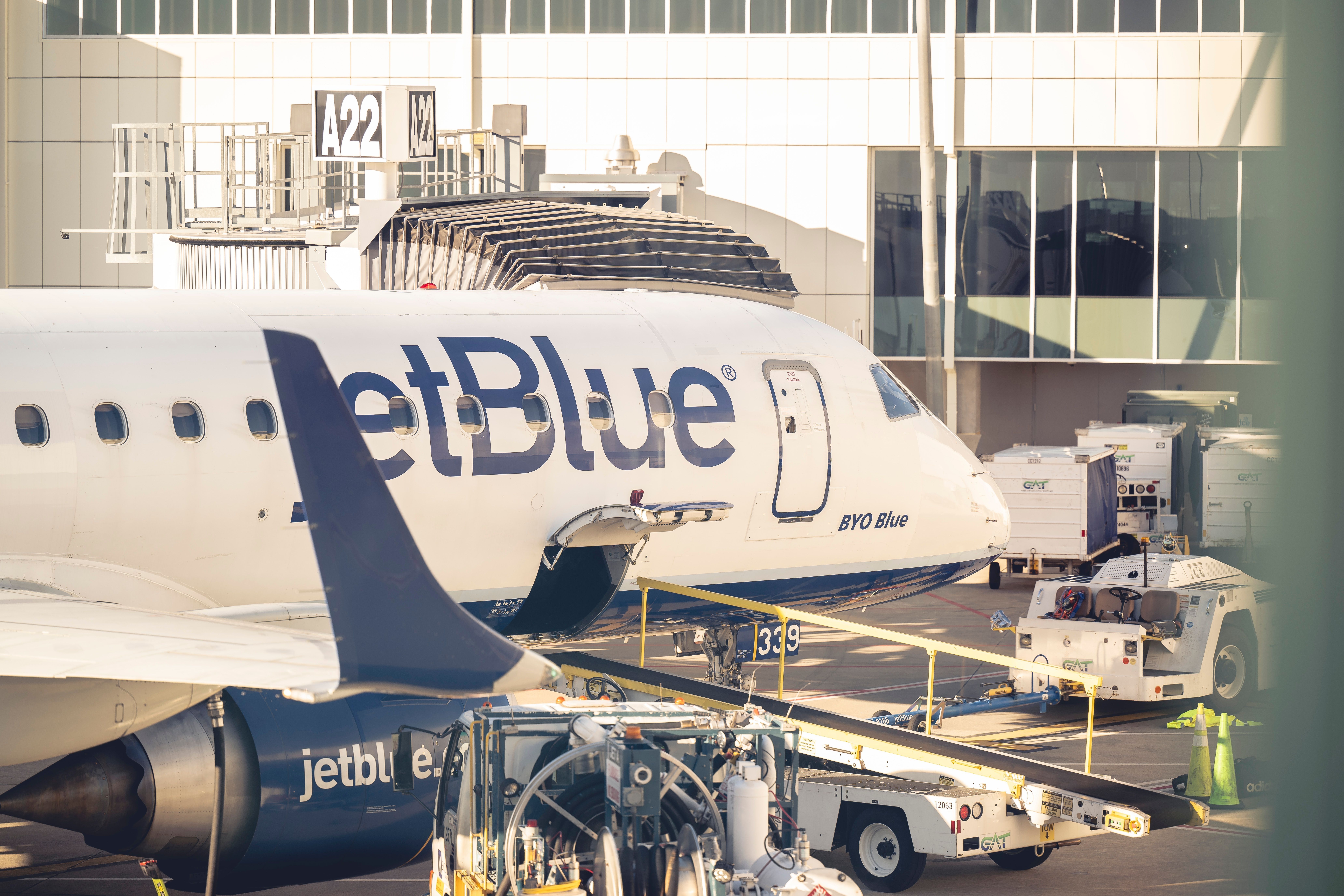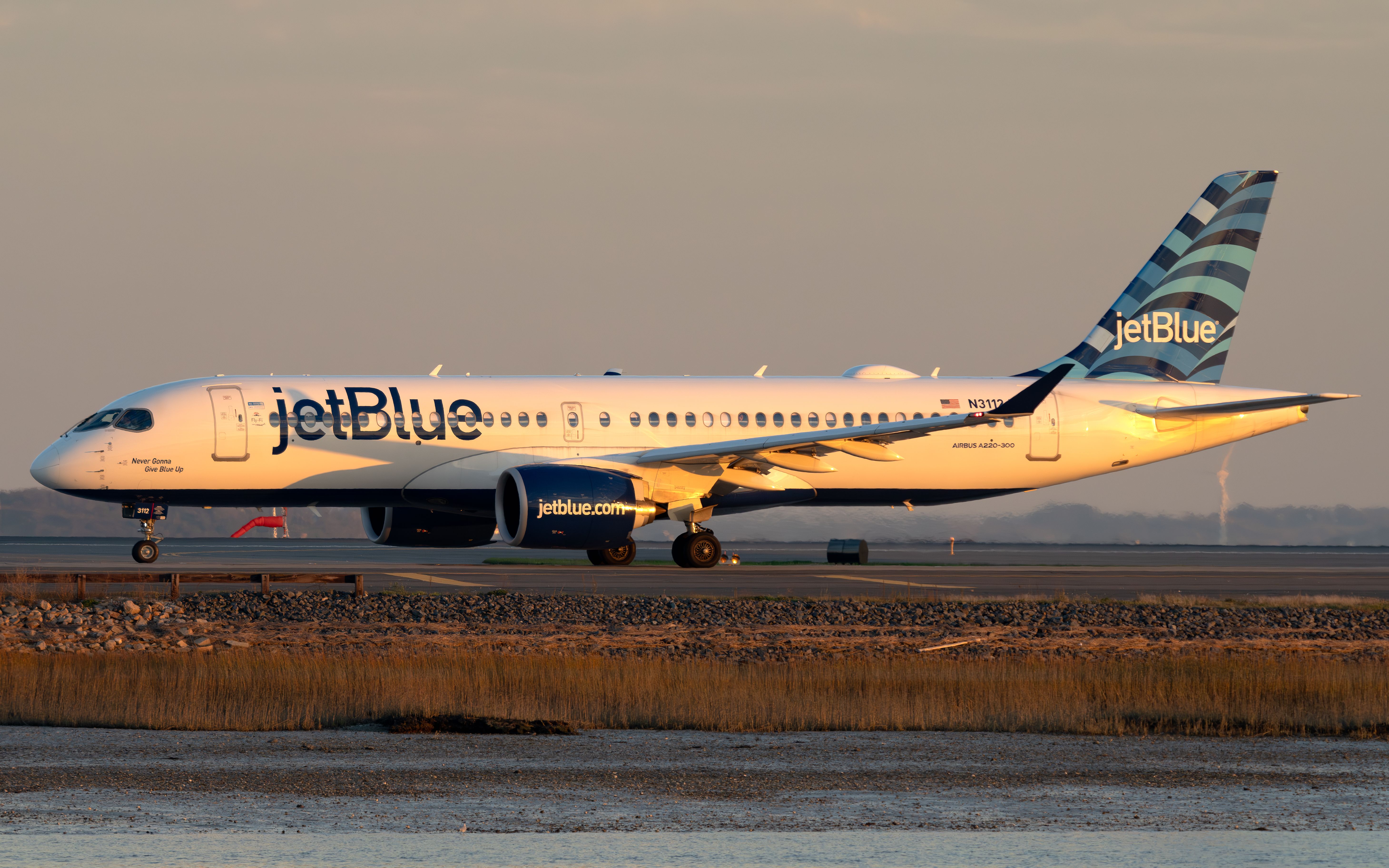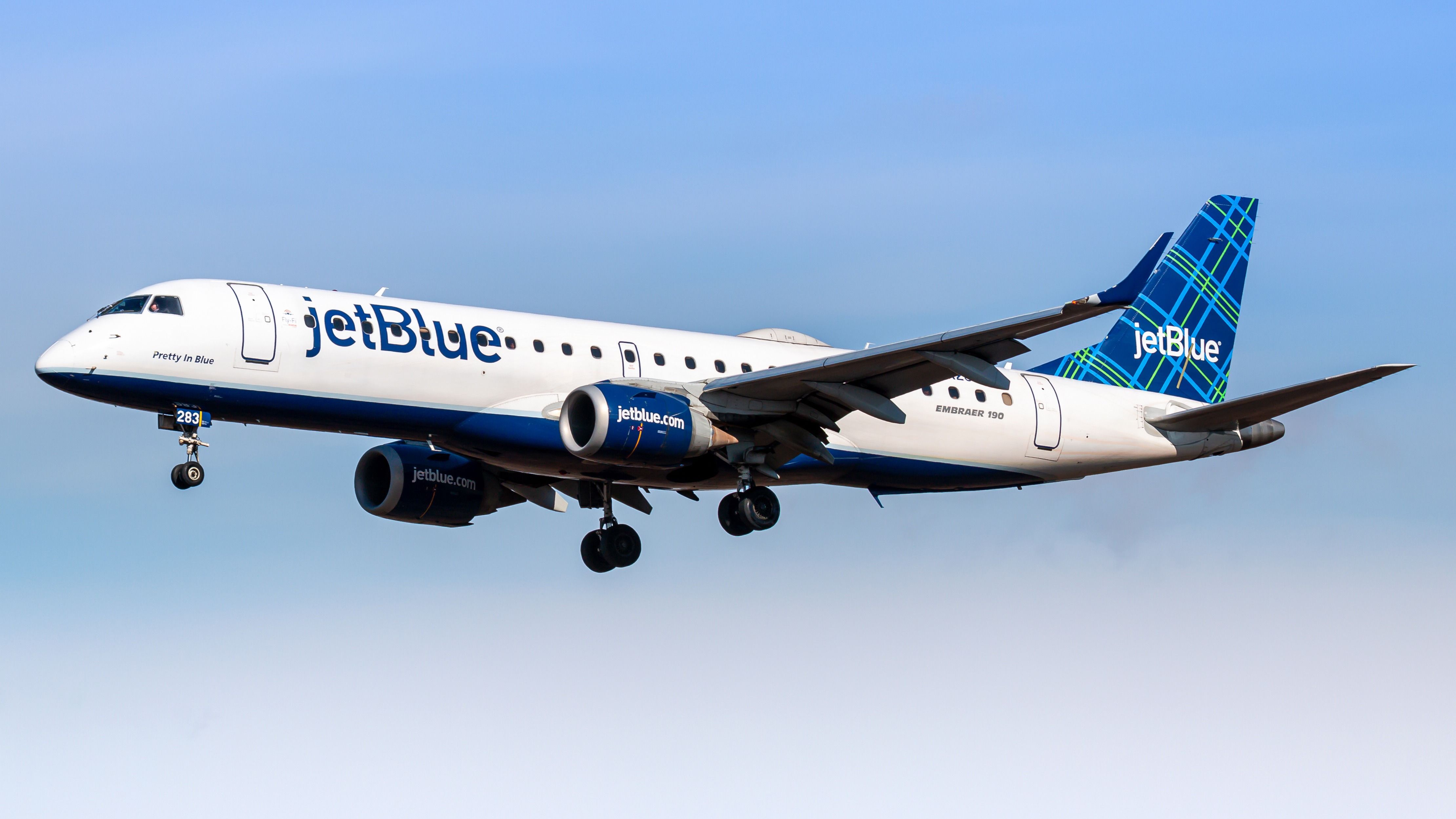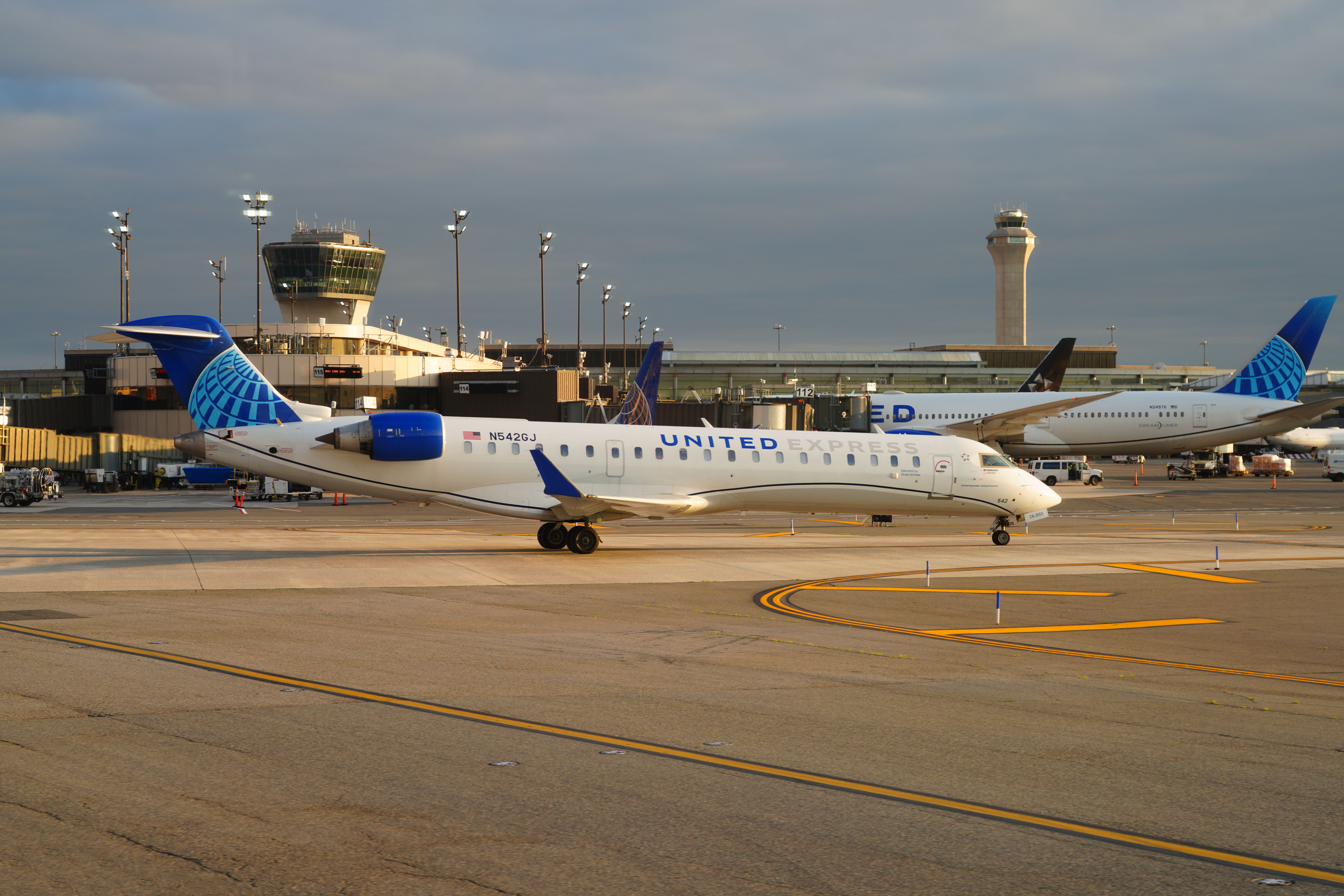Summary
- United Airlines claimed the DOT had made errors in granting essential air service (EAS) contract to JetBlue.
- This included the lower frequencies that was outlined in the tender, as well as reduced connectivity of Boston Logan International Airport (BOS) compared to Newark Liberty International Airport (EWR).
- United Airlines also argued that the DOT gave too much importance to the local officials’ preference of JetBlue.
United Airlines has blasted the United States Department of Transportation (DOT) and JetBlue after it lost an essential air service (EAS) contract for subsidized flights from Presque Isle Northern Maine Airport (PQI). The airline alleged that the DOT made at least three errors when giving its first-ever EAS contract to JetBlue.
Failing to meet the requirements
In its filing on June 24, United Airlines criticized the DOT for granting a waiver to JetBlue, which failed to meet the tender’s requirements to serve PQI with 12 weekly flights from Newark Liberty International Airport (EWR) or another suitable hub with an aircraft fitting more than 30 passengers.
The DOT published the order requesting proposals for the EAS in January 2024. In early June, the DOT announced that JetBlue won the tender, with the airline offering seven weekly flights from PQI to Boston Logan International Airport (BOS) for two years starting September 1.
During the previous two-year term of the EAS, United Airlines provided 12 weekly flights from PQI to EWR with a Mitsubishi CRJ550. Nevertheless, United Airlines noted that while the elected City Council of the City of Presque Isle did request the waiver, it was capricious for the DOT to grant it, considering that there were multiple proposals that met the order’s requirements.
Photo: BUI LE MANH HUNG | Shutterstock
The airline also argued because it used a smaller aircraft for the EAS proposal, which was its 50-seat CRJ550, its costs were higher, which was why it requested higher compensation from the federal government. Since JetBlue slashed the number of frequencies from 12 to seven, this allowed the carrier to present a lower-cost solution. As such, United Airlines “was effectively penalized for providing the only fully compliant proposal […].”
According to the DOT’s filings when it announced JetBlue as the winner of the EAS, United Airlines requested a $13.1 million yearly subsidy, while JetBlue requested $10.4 million during the first year, which would rise to $11.2 million during the second year of operations of the EAS.
Photo: Wirestock Creators | Shutterstock
In addition, United Airlines highlighted that JetBlue’s proposal was not cost-efficient, with the only savings coming from the fewer frequencies offered by the latter. The profit margin awarded to JetBlue on the route would be 44%, equating to nearly $4 million in profit for the airline.
“This is an unreasonable figure for a company that is not profitable in an industry that averaged just 4% margins. DOT could fund multiple additional EAS contracts – like Butte, MT ($1M) and Pellston, MI ($2.3M) – for what it has granted JetBlue in profit alone.”
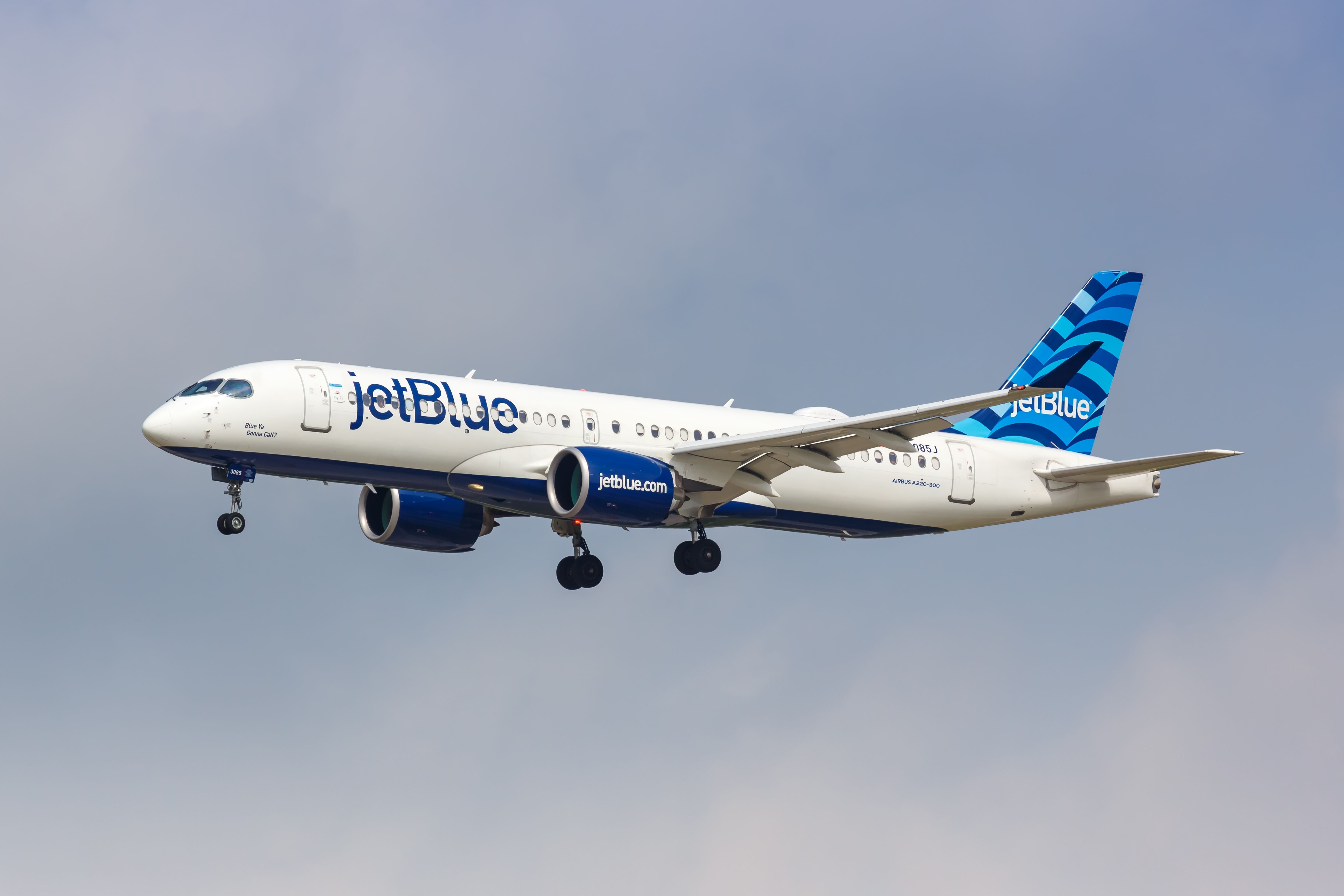
Related
JetBlue Beats United Airlines On USDOT Bid For Flights To Presque Isle, Maine
JetBlue will offer services to Presque Isle Northern Maine Airport (PQI) with an Embraer E190 and later on, with an Airbus A220-300.
Lower connectivity
Another argument was that United Airlines’ EWR hub has more connectivity than JetBlue’s network from BOS. According to the former, passengers boarding flights at PQI could then connect to 150 destinations on its domestic and international network, while JetBlue only offers a third of the flights and less than half as many destinations from BOS.
United Airlines continued that 60% of the destinations that travelers originating from PQI traveled to in 2023 cannot be reached via BOS, including major cities such as Indianapolis, Cincinnati, and St. Louis, with the airline adding that was “hardly “excellent access” for these travelers.”
Photo: Vincenzo Pace I Simple Flying
The carrier did not hold back and continued that the DOT’s conclusion that EWR and BOS function as equal hubs was simply wrong, considering that beyond the differences in destinations and flight options, BOS was neither designed for nor operated for connections.
Citing DOT data, United Airlines pointed out that in 2023, only 5% of all passengers flying JetBlue through BOS made a connecting flight, while 30% of United Airlines’ customers flying through EWR grabbed another flight from the New York area airport.
In addition, while DOT said that JetBlue’s proposal includes numerous codeshare and interline partnerships, United Airlines said that the airline has only 14 partners, five of whom do not even operate out of BOS. The carrier also pointed out that while DOT recognized its membership in Star Alliance, it has more non-Star Alliance partners than JetBlue has overall.
“United submitted a proposal based on an explicit set of criteria and service requirements in the solicitation, the Department’s selection decision was based on a different set of criteria and changed service requirements due to an entirely unnecessary and unprecedented waiver.”
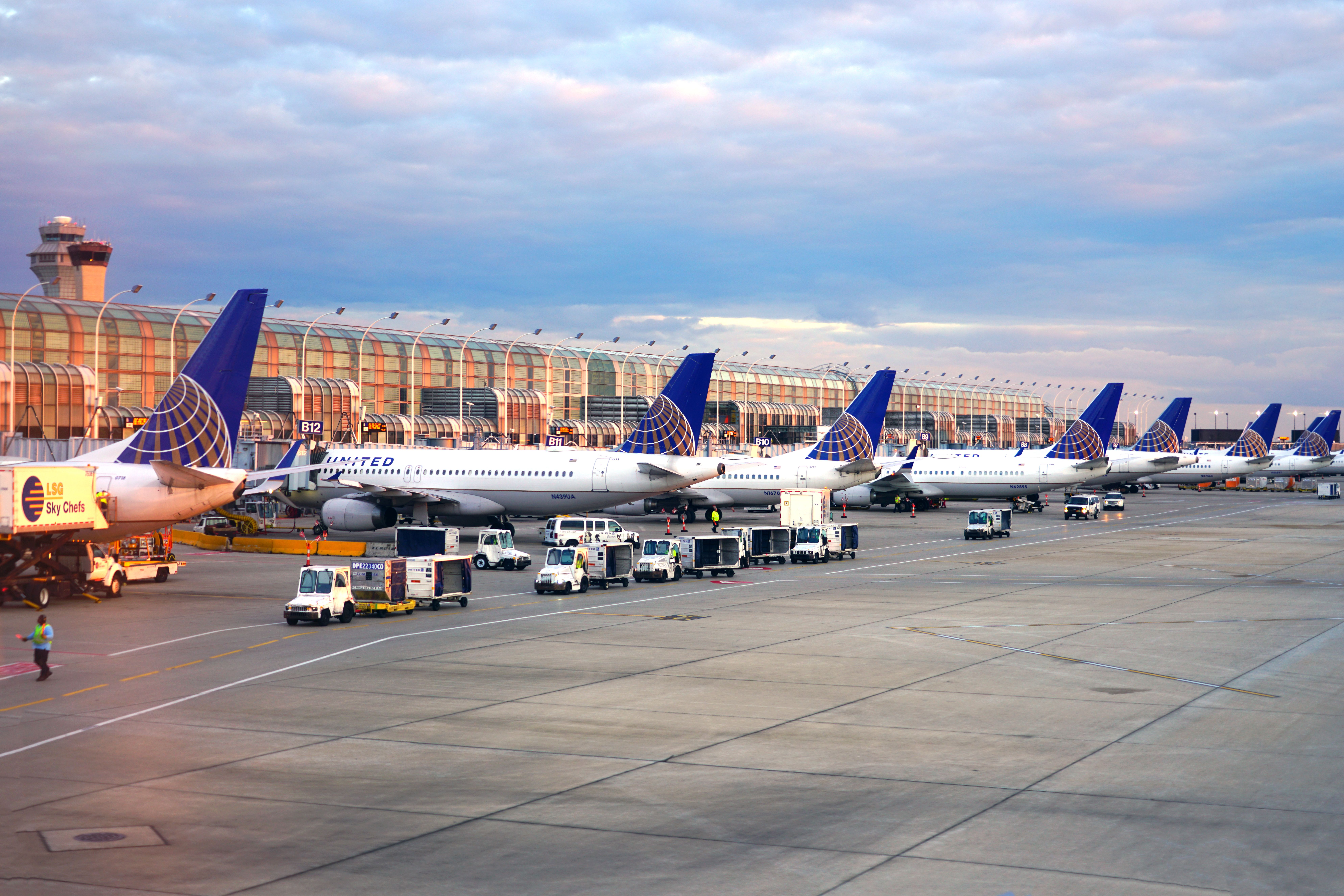
Related
United Airlines Hubs: A Look At The Airline’s 5 Most Important Cities
The title of United Airlines’ largest hub in terms of flights will change throughout 2024.
Local officials’ preference
The United Airlines appeal also argued that while before the latest Federal Aviation Administration (FAA) Reauthorization bill the DOT was required to give substantial weight to the input of local officials, after May 16, the Department was only required to consider many factors, including the opinion of the officials.
However, United Airlines alleged that the DOT based the flight frequency waiver and the ultimate decision to grant the EAS contract on the preference of the City Council. The foundation of the airline’s argument was that the DOT itself stated that the preference of local officials justified the waiver and the final decision.
Photo: Lukas Wunderlich | Shutterstock
In early June, the DOT’s filing announcing the winner of the EAS contract read that local officials listed numerous reasons for favoring JetBlue’s proposal, including connectivity at BOS, serving PQI with a larger aircraft, and the airline’s classification as a low-cost carrier. The City Council acknowledged that JetBlue’s proposal had fewer than required weekly frequencies, requesting the DOT to waive that requirement during the two-year EAS contract given to JetBlue.
Also, the airline said that while the DOT’s order summary indicated that JetBlue was the only carrier with support from the local community, this was inaccurate since out of the 157 community comments on the docket filing, 108 supported United Airlines. Only 47 comments expressed support for JetBlue, the carrier added.
“United also received the near unanimous support of the Presque Isle community’s Airport Advisory Council – an expert body who conducted several hours of deliberation while the City Council discussed the issue for barely 90 minutes.”
United Airlines also criticized local officials, saying that despite travelers expressing their desire to travel to certain destinations, by choosing JetBlue, they would be unable to reach them via BOS. However, the airline said that the DOT ignored this and that 16% of travelers using the EAS in 2023 would now be unable to reach their destination since JetBlue was granted the EAS.
Photo: EQRoy | Shutterstock
The airline also reiterated that the service offered by JetBlue would be subpar in terms of frequencies and their timings. The daily itinerary departing PQI at 5:45 local time and returning back to PQI at 22:10 meant that travelers would have to wake up hours “before the crack of dawn” and return to Presque Isle “long after the sun had set.”
“The people of Presque Isle get worse service at inconvenient times, a lose-lose if there ever were one.”
In conclusion, United Airlines said that the DOT should reconsider and rescind its selection of JetBlue, issuing a revised request for proposals that would disclose the actual requirements for EAS out of PQI. The airline also reiterated that if the Department makes changes to the requirements of the tender, bidders should be able to amend their proposals.
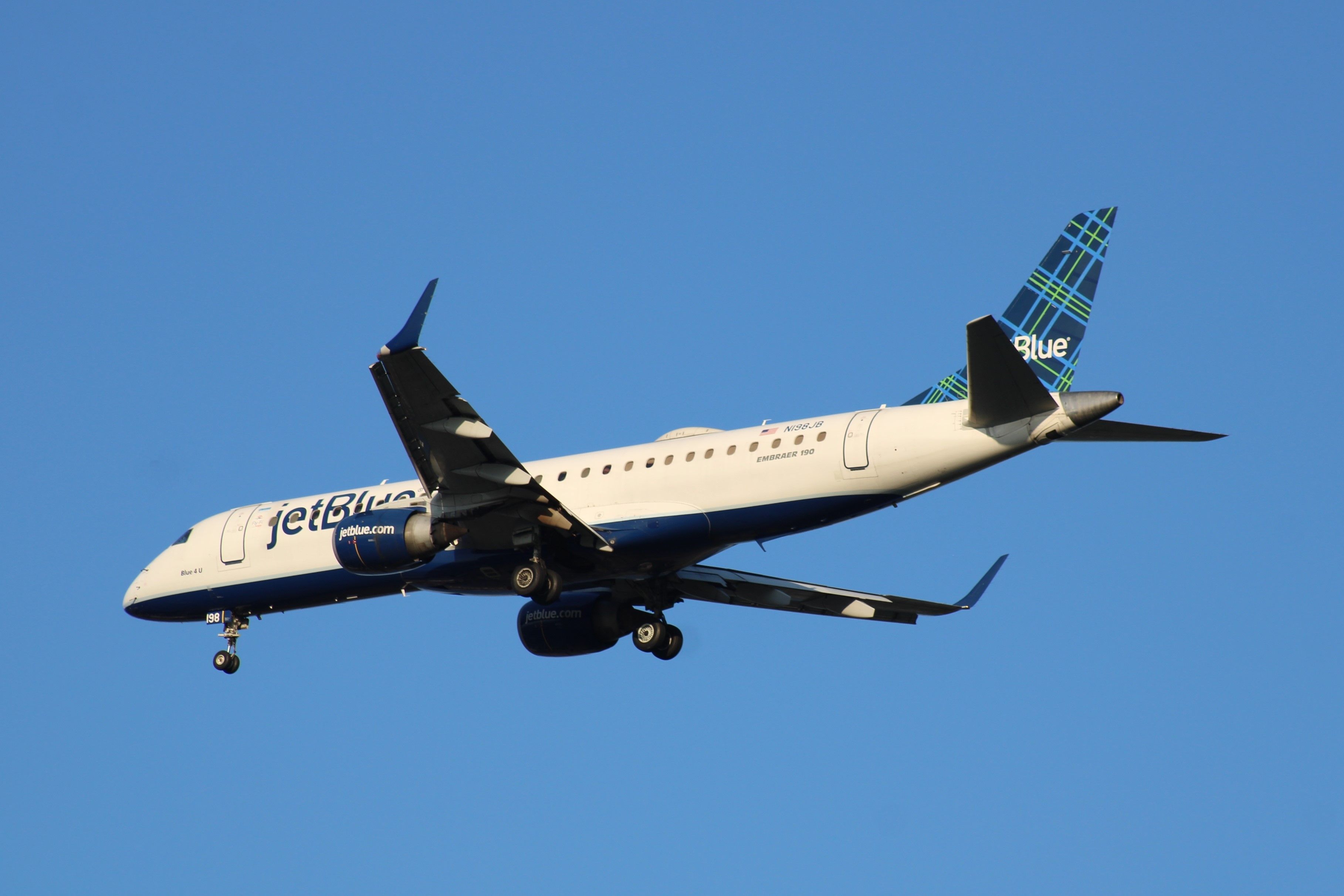
Related
1st Time Ever: JetBlue Applies For Essential Air Service Contract
The airline wants to connect Presque Isle International Airport in Northern Maine with Boston.

